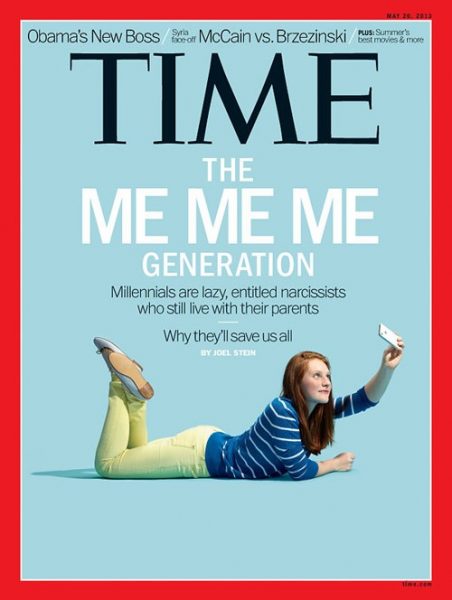Digital Disruption in Business and HR
Even a cursory glance through the latest trends, tastes, fashions and fads of the millennial generation reveals a complex, fast-changing and tech dependant world. One that is often alien to older generations especially in business.
The relative failure of business leaders to understand and rapidly adapt to the technology revolution continues to cast a long shadow over the effectiveness of core business functions – from Marketing to Recruitment. And it’s not just the lack of understanding of technology that’s impacting business. Cultural differences and expectations from different generational groups also create a complex environment that challenges how companies communicate.
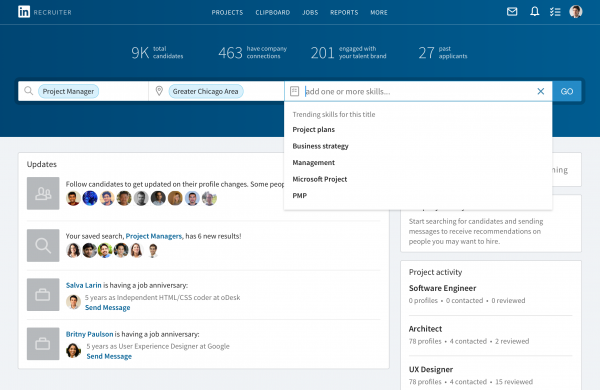
So why does this matter so much for Human Resource leaders?
Because technology is having a hugely transformative impact on the HR and Recruitment landscape. Advances in technology, digital and social media are happening faster than companies can respond to them. And the companies that continue to take a ‘business as normal’ approach will undoubtably lose out. This is especially the case with recruitment, were social media now has a massive impact on the success of finding, attracting and recruiting staff.
In the following post I examine the common tech challenges facing HR Units to help shine a light on the key areas for improvement.
The Top Challenges for HR Leaders in the Digital Age
‘You are not the customer’ – is one of the key rules in marketing. In truth the maxim should also apply to other business functions, including Human Resources, were Leaders assume their target audiences think, interact and do things in a similar way to them.
One of the most damaging behaviours I see when conducting reviews and audits of recruitment activity by companies is the often heavy reliance on traditional media spend and dated tactics to target people. Often it’s a case of repeating old, deep-seated practices in a media world that changed massively in the past decade. As we shall see it’s just one of the communication weaknesses I typically encounter in HR Units.
Lack of Senior Management Buy-in for Modernisation
Throughout time, great leaders have looked to the future – taking account of developing trends and shifting environments. Never has this leadership quality been so important as today with leaders operating business functions that are being impacted and disrupted by new digital technologies.
Just as a progressive marketing manager should keep on top of industry trends and innovate, HR Leaders need to respond to the impact of technology – from recruitment to internal communications.
I not merely advocating adding on some digital elements, such as operating Social Media accounts, to HR communications activity. Strategic HR Leaders actively embrace the potentials offered by digital disruption and new technologies. And that means finding out about the scale and impact of that change and developing a plan to transform their HR function.
Poor Website and Employer Brand
A company’s online presence will be one of the first introductions potential recruits have of a business. It’s sometimes surprising to see how many companies have a poor online employer brand often characterised by:
- Poor Website and Career Section: The prioritisation of the marketing and sales information on company website often comes at the detriment of the HR, Careers and Recruitment function. Successful and modern HR functions are investing in strong online presences, often in the form of Career Centres, that help quickly establish your company working culture, benefits and employee career development stories. As in the SAP example below:
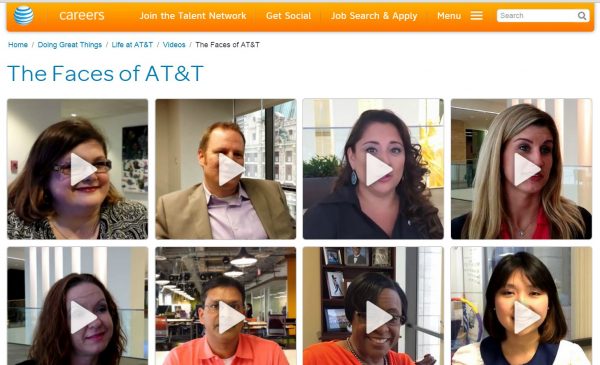
- Poor Employer Brand: An employer brand is defined as “the way in which organisations differentiate themselves in the labour market, enabling them to recruit, retain and engage the right people. A strong employer brand helps businesses compete for the best talent and establish credibility” (CIPD, 2018). Given how important key digital properties – from Google Search to Websites and Social Media – are to potential recruits when researching and assessing companies, it’s surprising how poor an impression a company can covey by appearing dated, uncompetitive and out of touch.
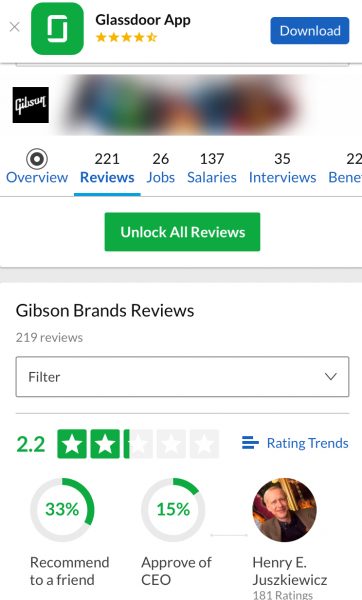
Over-emphasis on traditional forms of media and marketing activity
Again the maxim ‘You are not the customer’ should be a key consideration for recruitment and employer branding spend on HR campaigns. When conducting audits of HR marketing spend we frequently see companies totally ignoring key digital marketing areas such as search marketing and paid Social Media advertising in favour of an over-reliance on often very expensive traditional media tactics such as print media and broadcast ads. The disconnect is compounded further by the fact that many of these campaigns were aimed at the Millennial demographic (18 – 36) who are significantly more engaged with online media.
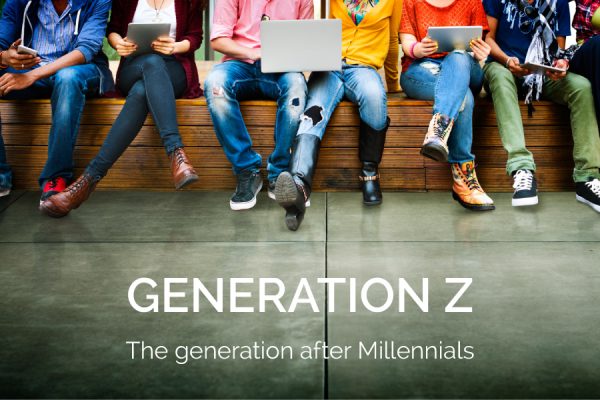
Failure to Utilise Social Media Effectively
Over the past decade Social Media use has increased massively with social networks such as Facebook and Instagram forming a very significant part of many people’s media usage. For instance over 75% of UK adults use Facebook, most of them for at least 45 minutes a day! For Millennials, a priority demographic for many HR Units, the social media usage figures are higher compared to their peers and they also use a more complex range of social media – with a strong emphasis on Facebook, Snapchat and Instagram.
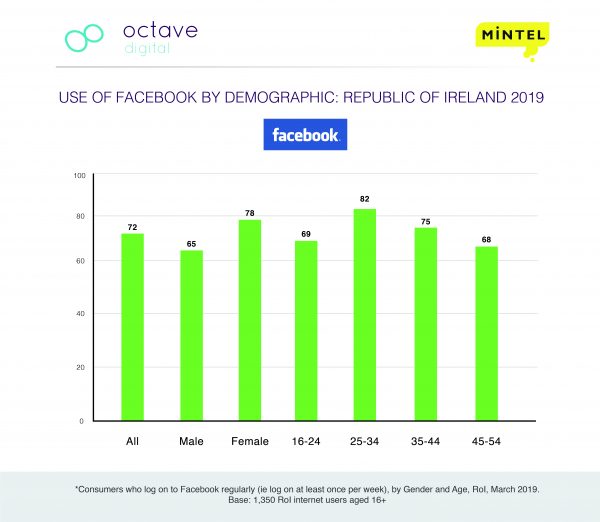
So it’s surprising that HR communications and recruitment marketing is so poorly focussed on social media. By and large, the social media marketing activity by HR and Recruitment functions can be characterised as ineffective with mis-judged content that frequently fails to achieve any meaningful marketing impact. All too often it’s performed by internal staff who lack the specialist professional knowledge to use Social Media effectively for business.
Challenging Traditional Recruitment Agencies
The Recruitment Industry stands at a crossroads. Digital and Technical disruption act as a major challenge to the business models of recruitment agencies and consultants who for many years relied on:
- The power of their databases to identify potential recruits
- Marketing job positions – mainly in the traditional media and online job-boards
- Headhunting and Screening function
But advances in technology and digital media, such as increasingly recruitment focussed Business networks such as LinkedIn, create huge challenges for traditionally focussed recruitment agencies.
As the main power of recruitment agencies lay in the database and marketing aspects , they are now under significant pressure as company HR teams increasingly look to building their own Recruiter capabilities utilising LinkedIn and gaining the skills to run successful recruitment campaigns internally.
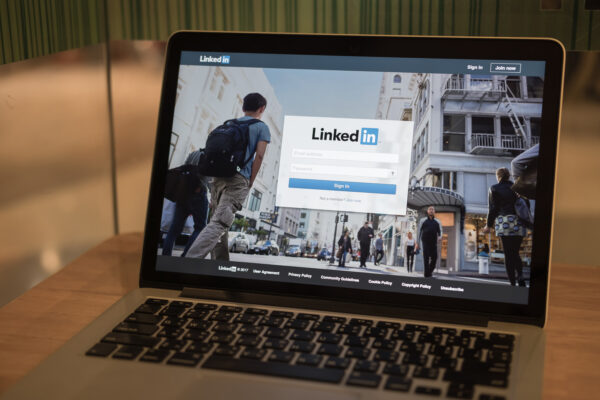
Lack of Understanding and Connection With Millennials.
The Millennial generation can be defined as young people aged between early 20s and late 30s. They now make up nearly 25% of the population and now command a very real level of influence over older generations and are trendsetters across all industries from fashion to food.
They are a hugely important target audience for companies seeking to recruit a steady stream of young people. But companies across the globe struggle to connect with Millennials as they tend to treat them similar to every other generation, a trend that is reflected in the often very poor marketing choices made in recruitment targeting.
Marketing and engaging successfully and effectively to Millennials requires companies to think and act very differently about the way they promote their employer brand online.
